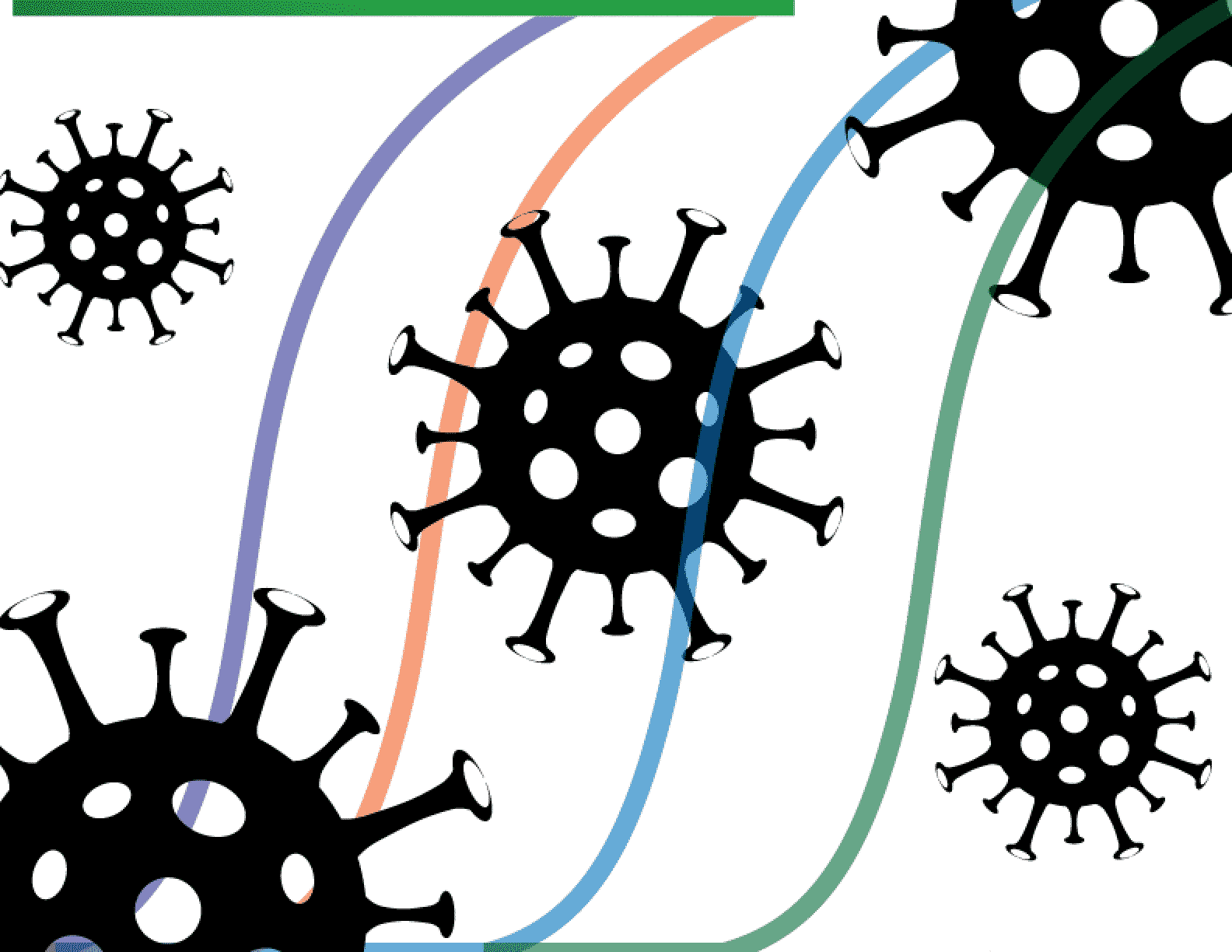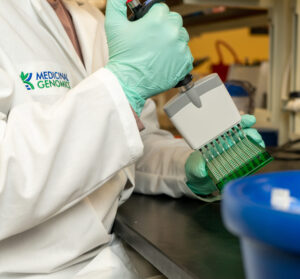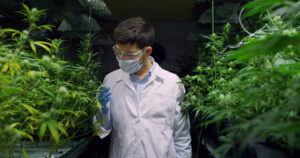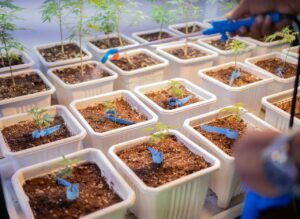Testing is a critical part of humanity’s fight against COVID-19, helping to allocate resources, make social distancing more effective, and provide helpful data for forecasting. Several giants in the testing space, including Roche, LabCorp, Quest, ThermoFisher, LGC, and the Broad Institute, have designed coronavirus tests, and all of them use qPCR technology (a.k.a. real-time PCR).
Additionally, our equipment partners are reporting increased demand for their products. Labs are ordering additional AriaMx Real-Time PCR Instruments for Agilent to run the qPCR assays as well as liquid handling robots from Agilent and Hamilton Robotics to automate liquid handling and increase volume.
All this shows there has never been a louder consensus on the use of qPCR to perform pathogen testing. It’s no surprise then that top cannabis labs use Medicinal Genomics’ PathoSEEK® qPCR Assays for testing cannabis samples for microbial contamination.
Make no mistake, not all DNA-based testing technologies are equal. qPCR is preferred for pathogen testing over end-point PCR technologies, such as microarray, because qPCR assays deliver quantitative, species-specific results in real-time.
qPCR results are delivered in real-time
Because lab technicians can monitor the entire qPCR reaction in real-time, they can get results before all the PCR cycles have completed. With microarray, lab technicians still have a lot to do after PCR is complete. They must open the PCR plate, remove primers, nucleotides, enzymes and other impurities from the DNA sample, then run the DNA on microarray reader to determine if the reaction was successful. In addition to being labor-intensive and time-consuming, the act of opening a PCR plate has the potential to contaminate a lab with amplified DNA.
qPCR probes add an additional level of specificity
qPCR probes and primers are short DNA sequences that bind to a specific target sequence. Probes, which are not used in microarray, add an additional layer of specificity to qPCR assays because if probes do not attach, the instrument will not detect the PCR product. This is useful when designing species-specific assays. In some cases, two qPCR assays may share a primer set, but use different probes to differentiate the species. microarray does not have this additional level of specificity available.
qPCR provides more data points
Because qPCR provides measurements following every PCR cycle, lab technicians can ensure the assay performs properly and all three PCR phases occur. If there is a problem with assay design, instrument performance, and/or user error, PCR efficiency will suffer and the DNA product will not double each cycle. As a result, the graph will look more linear than exponential, see the images below. Because microarray only delivers one data point at the end of the PCR reaction, lab technicians are blind to additional data that may indicate a bad test run.
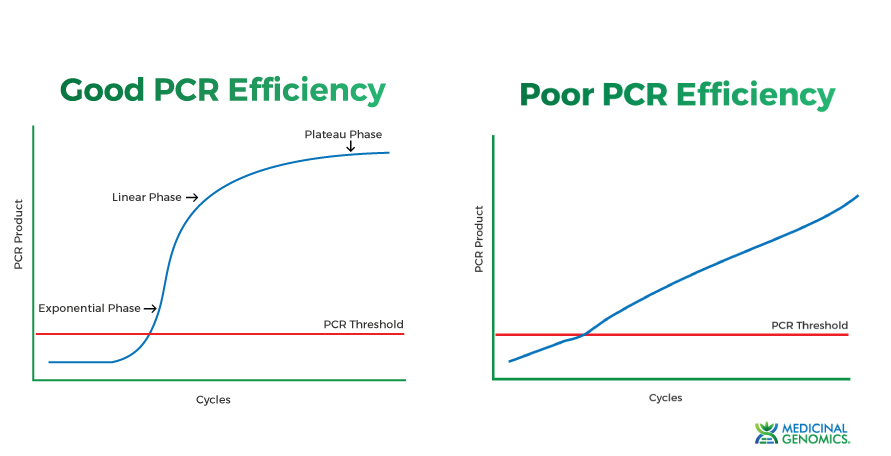
Trusted for COVID. Trusted for Cannabis.
When considering microbial testing technology for your cannabis lab, choose the technology that is trusted by labs performing arguably the most important pathogen tests of our time. Learn more about our PathoSEEK® Cannabis Microbial Testing Platform

